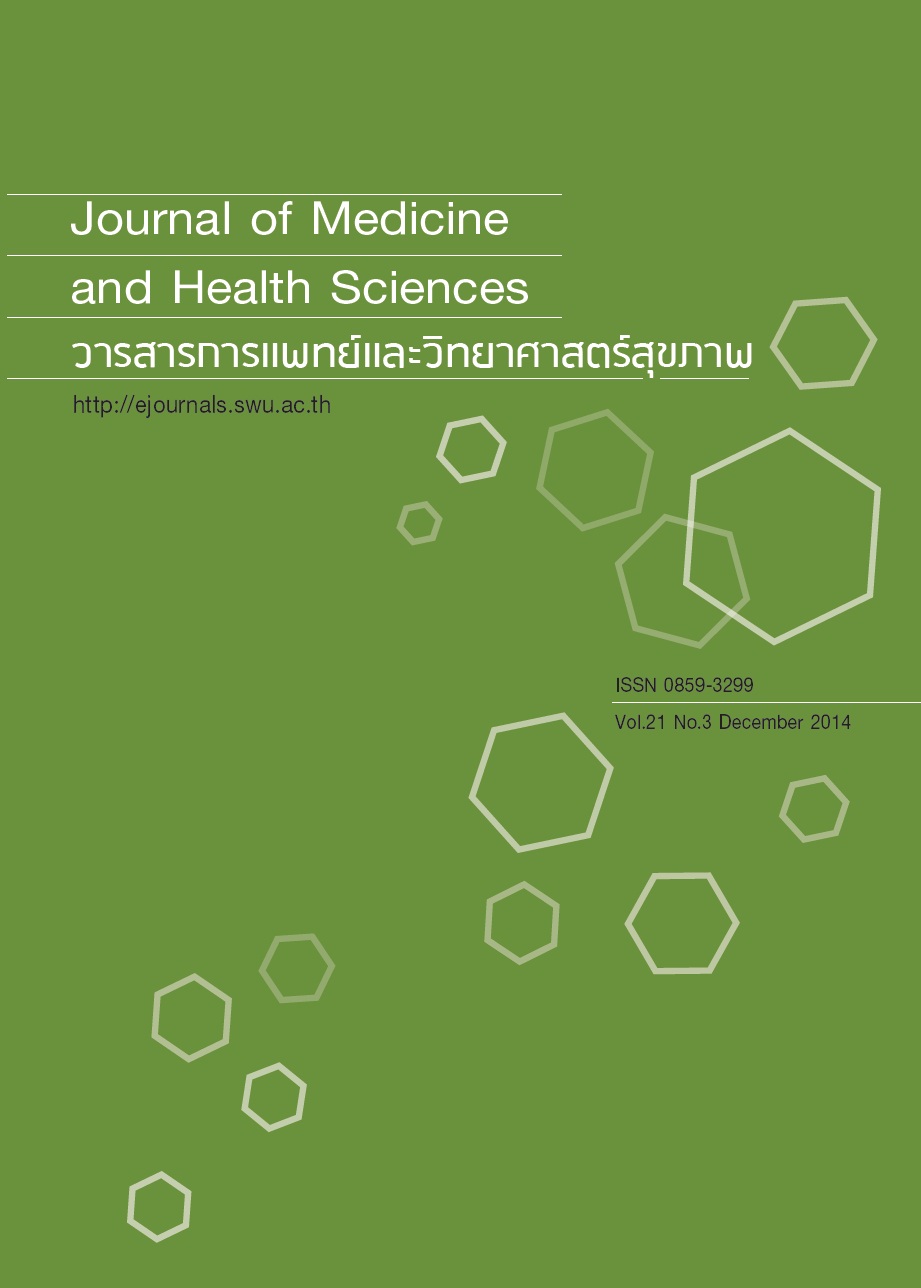Azithromycin and the risk of coronary artery diseases
Keywords:
QT interval prolongation, cardiac action potential, coronary artery diseasesAbstract
Azithromycin, a broad-spectrum macrolides, is considered to have the lowest impact on the cardiac action potential because of limited blockade of the human ether-a-go-go-related genepotassium channel in vitro. In 2001, a report derived from postmarketing surveillance of azithromycin has linked azithromycin to cardiac arrhythmias. Furthermore, in the period from 2004 to 2011, the US FDA received a total of 203 reports of azithromycin-associated QT interval prolongation, torsades de pointes (TdP), ventricular arrhythmia, and in 65 cases of sudden cardiac death. After that, an observation study was conducted to determine the risk of azithromycin-associated coronary artery diseases. Based on 2 cohort studies, it was found that azithromycin increased the risk of fatal arrhythmias, specifically QT interval prolongation and TdP in populations with preexisting cardiovascular risk factors, especially patients known to have risk factors for QT interval prolongation and TdP. The risks and benefits of azithromycin should be considered for all high-risk populations. These findings should not be generalized to general populations with substantially lower baseline risk of coronary artery diseases.Downloads
Published
2014-12-24
Issue
Section
Review Article


